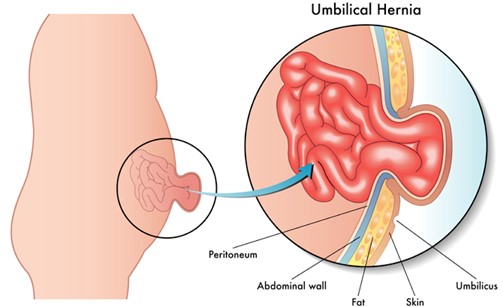The nurse is preparing a dose of 10 mg of teriparatide. The medication is labeled 760 mcg/2.4 mL. How many mL should the nurse administer? (Enter numeric value only. If rounding is required, round to the nearest tenth.)
The Correct Answer is ["31.6"]
The correct answer is : 31.6 mL
Let’s calculate this step by step:
Step 1: Convert 10 mg of teriparatide to mcg. We know that 1 mg = 1000 mcg. So, 10 mg = 10 × 1000 mcg = 10000 mcg.
Step 2: The medication is labeled as 760 mcg/2.4 ml. This means that 760 mcg of the medication is present in 2.4 mL.
Step 3: Now, we need to find out how many ml will contain 10000 mcg of the medication. We can set up a proportion to solve this:
(760 mcg / 2.4 ml) = (10000 mcg / x mL)
Step 4: Solving for x, we cross-multiply and divide:
x ml = (10000 mcg × 2.4 ml) ÷ 760 mcg
Step 5: Calculate the result:
x ml = 24000 mcg·ml ÷ 760 mcg = 31.57894736842105 mL
Step 6: If rounding is required, round to the nearest tenth:
x ml = 31.6 mL
So, the nurse should administer 31.6 mL of the medication.
Nursing Test Bank
Naxlex Comprehensive Predictor Exams
Related Questions
Correct Answer is B
Explanation
Choice A: An abdominal binder can be worn daily to reduce the protrusion is not a correct explanation for the nurse to provide, as this is not an effective or recommended method to treat a hernia. This is a distractor choice.
Choice B: This hernia is a normal variation that resolves without treatment is a correct explanation for the nurse to provide, as this refers to an umbilical hernia, which is a common and harmless condition in infants that usually disappears by age 2. Therefore, this is the correct choice.
Choice C: The quarter should be secured with an elastic bandage wrap is not a correct explanation for the nurse to provide, as this is a folk remedy that has no scientific basis and can cause skin irritation and infection. This is another distractor choice.
Choice D: Restrictive clothing will be adequate to help the hernia go away is not a correct explanation for the nurse to provide, as this is not a proven or safe way to treat a hernia. This is another distractor choice.

Correct Answer is ["A","C","D","E"]
Explanation
Choice A: Applying an allergy identification wrist band is an intervention that the nurse should implement, as this can alert other health care providers of the client's allergies and prevent adverse reactions. Therefore, this is a correct choice.
Choice B: Instructing the client to avoid medication containing milk and eggs is not an intervention that the nurse should implement, as this is not a common or relevant source of allergens for this client. This is an incorrect choice.
Choice C: Entering allergy information in the client's electronic medical record is an intervention that the nurse should implement, as this can ensure accurate and updated documentation of the client's allergies and facilitate communication among health care providers. Therefore, this is another correct choice.
Choice D: Ensuring the client's selections from her dietary menu is an intervention that the nurse should implement, as this can help avoid foods that may trigger allergic reactions or intolerance for this client. Therefore, this is another correct choice.
Choice E: Notifying the dietary department of the client's egg intolerance is an intervention that the nurse should implement, as this can help modify or substitute foods that contain eggs for this client. Therefore, this is another correct choice.
Whether you are a student looking to ace your exams or a practicing nurse seeking to enhance your expertise , our nursing education contents will empower you with the confidence and competence to make a difference in the lives of patients and become a respected leader in the healthcare field.
Visit Naxlex, invest in your future and unlock endless possibilities with our unparalleled nursing education contents today
Report Wrong Answer on the Current Question
Do you disagree with the answer? If yes, what is your expected answer? Explain.
Kindly be descriptive with the issue you are facing.
